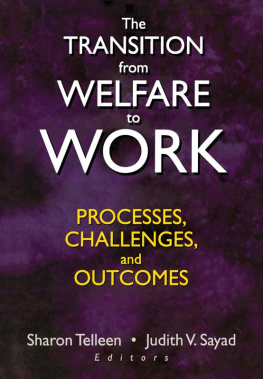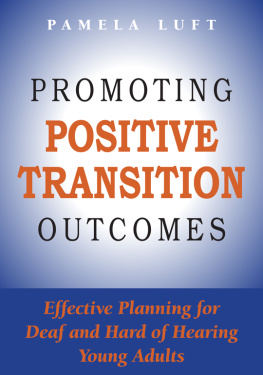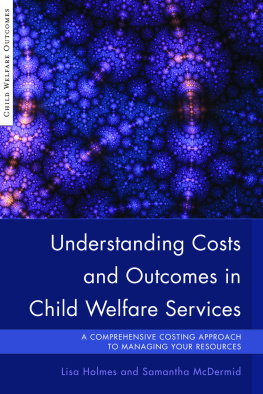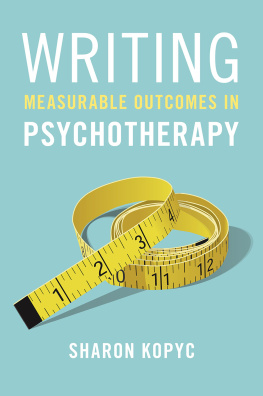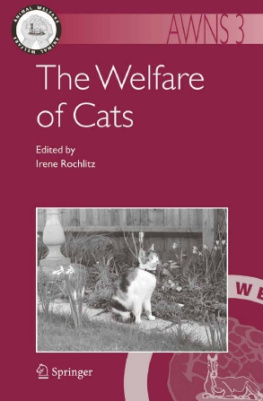The Transition from Welfare to Work: Processes, Challenges, and Outcomes
The Transition from Welfare to Work: Processes, Challenges, and Outcomes has been co-published simultaneously as Journal of Prevention & Intervention in the Community, Volume 23, Numbers 1/2 2002.
The Transition from Welfare to Work: Processes, Challenges, and Outcomes
Sharon Telleen, PhD
Judith V. Sayad
Editors
The Transition from Welfare to Work: Processes, Challenges, and Outcomes has been co-published simultaneously as Journal of Prevention & Intervention in the Community, Volume 23, Numbers 1/2 2002.
The Transition from Welfare to Work: Processes, Challenges, and Outcomes has been co-published simultaneously as Journal of Prevention & Intervention in the Community, Volume 23, Numbers 1/2 2002.
2002 by The Haworth Press, Inc. All rights reserved. No part of this work may be reproduced or utilized in any form or by any means, electronic or mechanical, including photocopying, microfilm and recording, or by any information storage and retrieval system, without permission in writing from the publisher.
The development, preparation, and publication of this work has been undertaken with great care. However, the publisher, employees, editors, and agents of The Haworth Press and all imprints of The Haworth Press, Inc., including The Haworth Medical Press and Pharmaceutical Products Press, are not responsible for any errors contained herein or for consequences that may ensue from use of materials or information contained in this work. Opinions expressed by the author(s) are not necessarily those of The Haworth Press, Inc. With regard to case studies, identities and circumstances of individuals discussed herein have been changed to protect confidentiality. Any resemblance to actual persons, living or dead, is entirely coincidental.
First published by
The Haworth Press, Inc., 10 Alice Street, Binghamton, NY 13904-1580 USA
This edition published 2012 by Routledge
Routledge
Taylor & Francis Group
711 Third Avenue
New York, NY 10017 | Routledge
Taylor & Francis Group
2 Park Square, Milton Park
Abingdon, Oxon OX14 4RN |
Cover design by Thomas J. Mayshock Jr.
Library of Congress Cataloging-in-Publication Data
The transition from welfare to work : processes, challenges, and outcomes / Sharon Telleen, Judith V. Sayad, editors.
p. cm.
Co-published simultaneously as Journal of Prevention & Intervention in the Community, Volume 23, Numbers 1/2 2002.
Includes bibliographical references and index.
ISBN 0-7890-1942-6 (hard : alk. paper) ISBN 0-7890-1943-4 (pbk : alk. paper)
1. Public welfareUnited States. 2. Welfare recipientsEmploymentUnited States. I. Telleen, Sharon. II. Sayad, Judith V.
HV95 .T673 2002
361.680973dc21
2002010969
The Transition from Welfare to Work: Processes, Challenges, and Outcomes
CONTENTS
Sharon Telleen
Irene Banias
Sharon Telleen
Steven Andes
Kathleen S. Crittenden
Seijeoung Kim
Kaoru Watanabe
Kathleen F. Norr
Elizabeth C. Hair
Sharon M. McGroder
Martha J. Zaslow
Surjeet K. Ahluwalia
Kristin A. Moore
Joseph R. Ferrari
Adriana Gracia
Adriana Morales
Irene J. Franze
Joseph R. Ferrari
Lucia Rojas Smith
Patricia O'Campo
Holly Grason
Laura S. Connolly
ABOUT THE EDITORS
Sharon Telleen, PhD, is Visiting Research Associate Professor in the Department of Sociology at the University of Illinois at Chicago. Dr. Telleen's areas of specialization include child development, community psychology, and maternal and child health. She has been the principal investigator of federal research grants studying the effect of social support on use of child health services by low-income immigrant Latino families, the impact of welfare, income and neighborhood characteristics on child health outcomes, and the effectiveness of case management for women receiving Medicaid.
Judith V. Sayad is a project coordinator in the Department of Sociology and the School of Public Health, University of Illinois at Chicago. Sayad has spent most of her career as an occupational health and safety professional serving small manufacturers. She also worked for The Center for Neighborhood Technology in Chicago, where she covered the environmental beat for The Neighborhood Works. She has served as managing editor for a number of publications on community research.
The editors gratefully acknowledge the colleagues who made it possible for us to produce this volume. Dr. Edward Mensah, health economist at UIC's School of Public Health, provided invaluable assistance concerning the economics of welfare reform and helped us and Laura Connolly to present a detailed and accessible discussion of these complex issues. We also thank Dr. William R. Kelley whose acumen as a social scientist and attention to detail is directly responsible for the completion of this project.
Sharon Telleen
University of Illinois at Chicago
We are entering a period of time in which it will be necessary to examine the success of the current welfare law, rules and regulations. The 1996 Personal Responsibility and Work Opportunity Reconciliation Act brought a fundamental change in the structure of the provision of support to needy families. (In this volume Banias provides a description of these changes.) The major new program created by the Act, Temporary Assistance to Needy Families (TANF), must be reauthorized in 2002; with this comes the need for a broad assessment of the progress of these welfare programs.
In reexamining the law it is important to look at the impact of the law's major provisions in light of its intents and goals. Among the purposes of the law was to help former welfare recipients become self-sufficient by obtaining jobs, retaining jobs and increasing their earnings and incomes through work. These were not the only goals of the legislation, however. An increase in participation in the labor force was intended to serve other social goals, as well. To accomplish the former was also intended to have the effect, among others, of reducing welfare case loads, increasing the number of former welfare recipients in the workforce, and reducing the number of families and children living in poverty.
Aggregate indicators suggest that the first set of goals has, at least to some extent, been achieved. Welfare caseloads have declined. Work among single mothers has increased. In 1999 the rate of child poverty was 16.3%, down from a high of 22% in 1993 (Falk et al., 2001).
Aggregate indicators do not, however, reveal much about the transition from welfare to work as a process, and it is the process that determines whether the welfare reforms have been effective. If women leave the caseloads without adequate preparation for a lifetime of work, rather than because they found a job, then the welfare caseload may be a misleading indicator. If women leave welfare only to discover that they are now part of the uninsured working poor, then the rate of women at work may not be a good indicator of the well-being of their families. Only an understanding of the internal structure of the process, then, will reveal if the welfare-to-work process was effective. If it was not, then superficial improvement in the numbers may conceal intrinsic flaws that could have negative consequences later. This volume addresses the problem of understanding the human processes involved in the transition from welfare to work, along with what is known about its impact on the families involved and the likely ultimate outcomes of the shift from cash assistance to a work-first approach.


